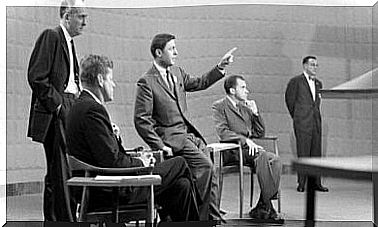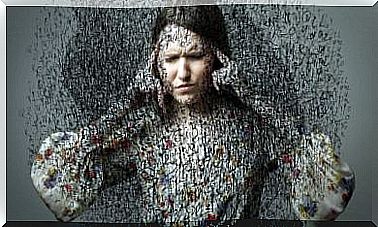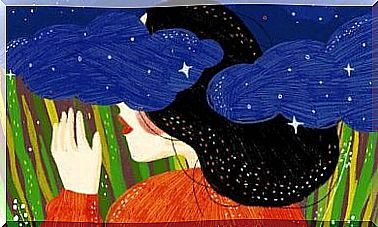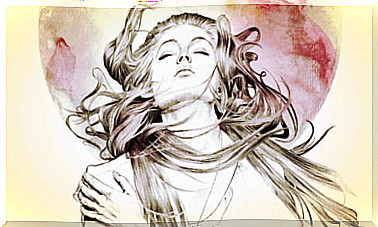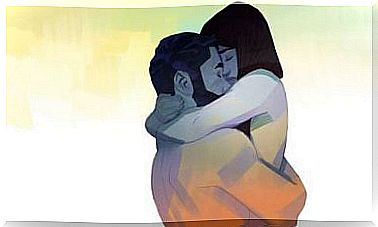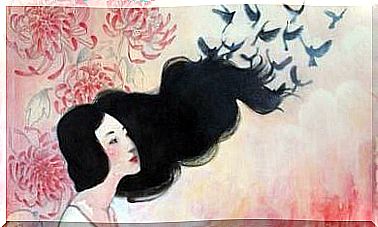Andy Warhol And His Cookies
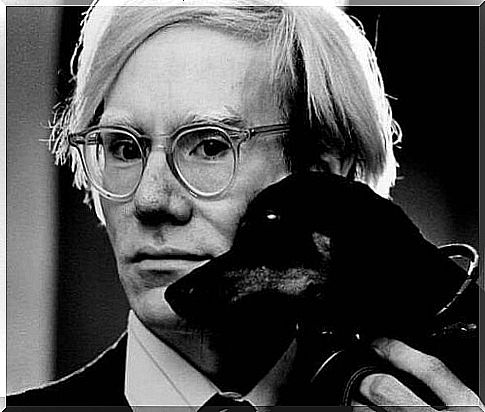
Andy Warhol is probably the biggest name from the 20th century pop art movement. His popularity quickly brought him on his way to becoming one of the most famous artists in the world. Born on August 6, 1928 in Pittsburgh, Pennsylvania, Andy Warhol was both a painter and filmmaker and also made lots of time capsules.
Some consider him both the father and main figure of the pop art movement of the 1960s. The mass-produced art he made was a critique of the banality of American commercial culture.
He was a great self-publicist who was able to project an image of himself as an impersonal, empty artist. That said, he was also a celebrity, a businessman and a successful social climber. In this article, we will try to explore the life of this artist and some of the most important themes in his art.
Andy Warhol: His life and legacy
Warhol was the son of Soviet immigrants from what is now Slovakia. He graduated from the Carnegie Institute of Technology (now Carnegie Mellon) in 1949 with a degree in graphic design.
He later moved to New York City, where he worked as a commercial illustrator for about a decade.
Warhol began painting in the late 1950s and suddenly began to become well-known in 1962. That was when he exhibited paintings of Campbell soup cans, Coca-Cola bottles, and wooden copies of Brillo scouring pads.

In 1963, he mass-produced these targeted everyday images of consumer products. He used a technique called serigraphy. Not long after this, he began printing endless variations of celebrity portraits in eye-catching colors.
Serigraphy was the perfect medium for Warhol because, by reproducing the image over and over again, he turned cultural icons into meaningless, dehumanized divr. To him, these icons represented the emptiness of American materialism and his emotional decoupling from his art.
The cannon
If you take a brief look through aesthetic theories, you will see that people for a long time associated art with beauty. Art made the world beautiful and usually depicted it with realistic scenes. It was a representation of familiar things.
But as time has passed, these trends have evolved and changed. At the same time, there has always been a clear distinction between high culture and low culture. But that raises the question: What is worth considering as art?
The canon is not fixed, and we have reevaluated it as time has passed, but popular things have always been seen as part of “low culture”. At least until the 20th century. During this time, artistic influences began to come from popular sources, not just “high culture.” TV, news and music began to emerge in the arts.
In a world where everything could be bought, commercialized and therefore dehumanized, this dehumanized art was revolutionary. It was a cry in favor of pop culture and Western society. Art must no longer simply be beautiful because art, like society, had evolved.
Warhol’s work placed him at the forefront of the new pop art movement in the United States until his death on February 22, 1987 in New York City.
Andy Warhol made time capsules
From 1974, Andy Warhol filled 610 capsules with personal belongings, sealed them and stored them.
Some see this massive collection of capsules as a series of works of art. When the Andy Warhol Museum in Pittsburgh began revealing them and carefully cataloging their contents, they realized that the time capsules had daily, meaningless objects inside.
For example, they had things like newspaper articles, junk mail, half-eaten sandwiches, and toenail clips. There were also photographs intended for larger projects, commission letters and a few real works of art.
The Andy Warhol Foundation hired a team of archivists to review everything from taxi receipts to fan letters. Their job was to catalog every single item carefully, take pictures of them, and examine the (often very strange) articles. Then they had to fill in a database with the information.
What do Andy Warhol’s time capsules mean?
Repackaging objects from everyday life was the bread and butter of this artist’s creative work. The time capsules are a joke, a joke aimed at Western culture. They are a satirical reflection on our way of life.
Until the day he died, Andy Warhol always maintained the idea that “I can be an artist without making any art. I am the art. ” He elevated himself as an artist to the level of a cultural icon. The artist was no longer one who made the world beautiful. They were eccentric and visionary. As he said “There is beauty in everything”.
Andy Warhol’s time capsules are basically about death, as are his portraits of Marilyn Monroe and Elvis. He turned death and garbage into art. Welcome card, greeting card, an ashtray stolen from a smart restaurant, a picture of Elvis, Christmas wrapping paper and ribbons, a “do not disturb” sign from the Beverly Wilshire hotel, etc.…

Waste can be art
Warhol was in many ways ahead of his time and he carefully selected each of these objects to give them their own 15 minutes of fame. It’s hard to think of another artist who could have stuck to all his waste and seen it as art.
A friend of Francis Bacon then stored and auctioned off objects that had belonged to him after his death. But Bacon probably did not think his old checkbooks had any artistic value.
Warhol believed that the waste on his desk was valuable and that if other people saw it that way, it could become art. So art would no longer be an ideal, a canon.
That would be a point of view that is much harder to experience. That is why these time capsules give us such a fascinating perspective on Andy Warhol, one of the most important artists of the 20th century.
The Warhol model
Andy Warhol was not alone either. There are other people who think that his time capsules also have an inherent value. One fan paid a shocking $30,000 for the honor of being able to open the last one.
Warhol created a complex artistic person who played with the artist’s concept as a celebrity and as a businessman. Other artists have copied this model since and it is one that seems to work.
Andy Warhol became an icon, a symbol of an era and a revolution. His dehumanized art and reflected new needs, new forms of consumption and new lifestyles. He took artist divn from being a meticulous craftsman to a recognizable, an eccentric person with a particular view of the world where the artist is the art.

